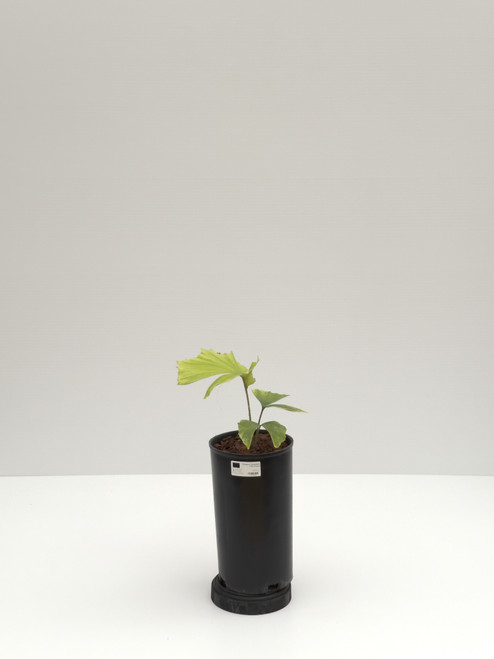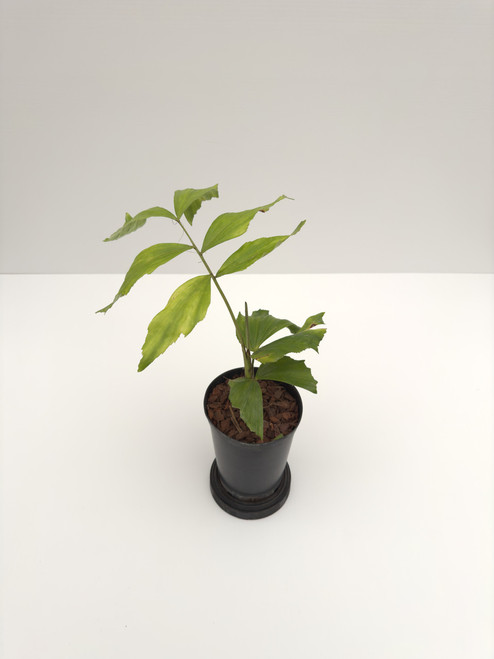Product Description
Habitat and Distribution
Caryota mitis is native to southeast Asia where it grows as an emergent palm in tropical rain forests.
Description
This is a clustering species, with many trunks to about 6 m (18 FEET) tall, with bipinnate leaves. Fishtail palms typically form multi-stemmed clusters, up to 25 ft (8 m) high and 12 ft (4 m) wide. Each slender stem is topped with several bipinnate leaves that can reach 9 ft (3 m) in length. The light green leaflets are shaped like a fish's tail fin, hence its common name (see photo below). Like other species in the genus (see C. urens), as well as the related genera Arenga (see A. engleri) and Wallichia, mature plants first begin flowering at the top of the stem. Subsequent flowering proceeds lower and lower down the stem. After the last flowering, the stem dies and should be removed. The clump will survive, however, and continue to produce more stems. Editing by edric.
Culture
Light: Fishtail palm thrives, full sun to part shade, will even tolerate full, but bright shade.
Moisture: This palm needs adequate moisture, but with good drainage.
Hardiness: USDA Zone 9b-10. This palm does well only in the warmest parts of Zone 9. It will tolerate light frosts, but is not hardy.
Propagation: Seeds take 4-6 months to germinate. Fishtail palm can also be propagated by division of clumps and separation of suckers from the parent cluster. The fishtail palm can be used in shrub borders and outdoor container plantings. It tolerates heavy shade and is often used in interior plantings in commercial buildings. It does well in indoor containers. Because it is shallow rooted, it should be planted in an area protected from wind. This palm is perfect for understory planting in woodland areas. The fishtail palm is a tough, easy to grow palm that makes a great houseplant, and is sometimes available from discount store garden centers at a reasonable price.
Comments and Curiosities
This is a monocarpic species.
Avoid contact with the red fruit produced by this palm. It contains oxalic acid which is toxic when ingested, and contact with skin may result in severe chemical burns. In India, an edible starch is extracted from the stem, and the palm heart eaten. Like other palms, it is also tapped for sap which is made into palm sugar or fermented to make toddy. The fuzz from the young leaves are used as tinder to start a fire. The palm is also used in construction. In India, the leaves are used for thatching or woven into household items, the fibres from the leaf sheath are made into rope, and seeds made into beads. However, the fruit and the whole plant can cause severe itching because they contain minute needle-like crystals.

















